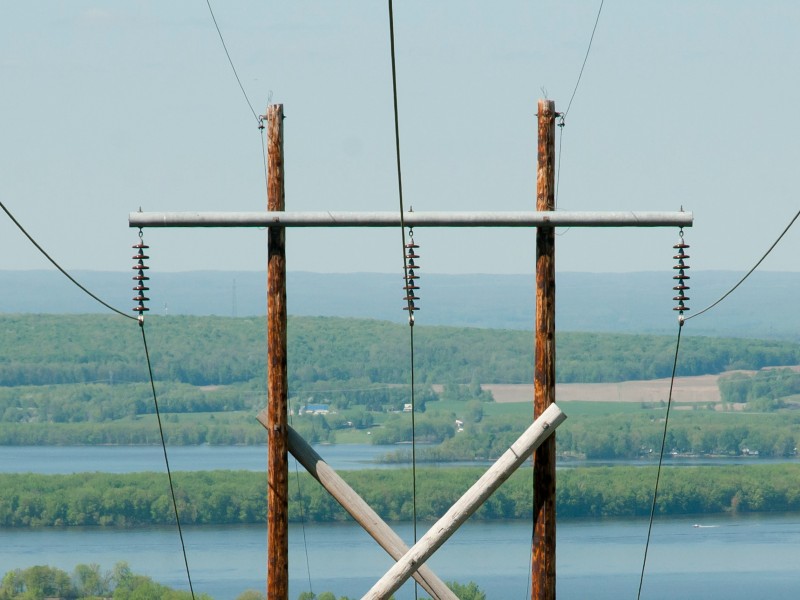
In this late-cycle environment, the Hydro Québec pension plan is cautious about credit and is maintaining its liquidity, says Jean-François Pépin, senior director of financing, treasury and pension fund at Hydro Québec.
At the end of 2017, the defined benefit plan had $24.7 billion in net assets. Invested in a variety of asset classes, including fixed income, stocks, real estate, private equity and hedge funds, its current investment policy asset mix is 62 per cent equities and private investments and 38 per cent fixed income.
The plan hasn’t seen major asset allocation changes from that 60/40 split, although it does fluctuate, says Pépin. “We get our investment policy approved by the board every year and we do adjustments to it, depending on market circumstances and strategic structural views.”
When it comes to private vehicles, he says the plan considers the attractiveness from a valuation standpoint on a cyclical basis. “You could argue that, from a structural point of view, we want to always have some exposure to private investments, but certainly from a cyclical point of view, at times, we may want to be adding more or less exposure to that.”
One of the biggest challenges right now is linked to the late stages of the investment cycle, notes Pépin. “For us, one of the important drivers of our investment strategy is cycle positioning because we tend to have a macro approach to portfolio construction . . .. We’re spending a lot of energy to try to see what’s priced according to our expectations of what may be to come with regards to the cycle and make sure that we move our allocation around properly to extract as much value as we can through this.”
He points to credit as a more worrisome asset class. “We will certainly pay a lot of attention to see if the credit environment is going to deteriorate in such a way that it might have negative impact on other asset classes, sort of a domino effect.”
Credit is the most worrisome, says Pépin, because since the last financial crisis a lot of credit has moved from outside banks to the shadow banking system being funded by large investors. “We think that when it’s been 10 years with very low interest rates, and obviously a lot of monetary stimulus coming from central banks all around the world . . . they’ve sort of crowded out investors from safer vehicles into riskier [assets], such as equities, of course, but also, into at least what is perceived to be a more stable vehicle, such as credit.”
When there’s too much money to be lent, the borrower has the leverage and is therefore able to negotiate lower covenants, he says. “We think that, ultimately, some of those loans are not going to be good for their money. And obviously, it’s only when financial conditions and the market in general will deteriorate that we’ll find out.”
As such, the Hydro Québec plan has lightened up its credit investments and eliminated high-yield exposure, adds Pépin, highlighting that high yield was as high as six per cent in late in 2016, 2.5 per cent in late 2017 and then subsequently trimmed down to zero.
He also notes the plan sponsor is trying to keep the liquidity of the plan at a high level. “We would rather be exposed to more liquid vehicles and be nimble and be ready to adjust than to have huge chunks of our money stuck in illiquid investments.”
The preference for liquidity, says Pépin, isn’t because the plan needs cash, but rather that the illiquidity premium has shrunk, so investing in illiquid assets isn’t as attractive.
“We are not willing to pay the same price for a private asset as a public asset because we should be paid more for non-liquid investment vehicles, but it’s difficult these days because . . . there is so much money out there chasing fewer opportunities — or at least quality opportunities that either you end up paying too much for what is still a good opportunity or you pay less, but potentially run into trouble eventually.”
